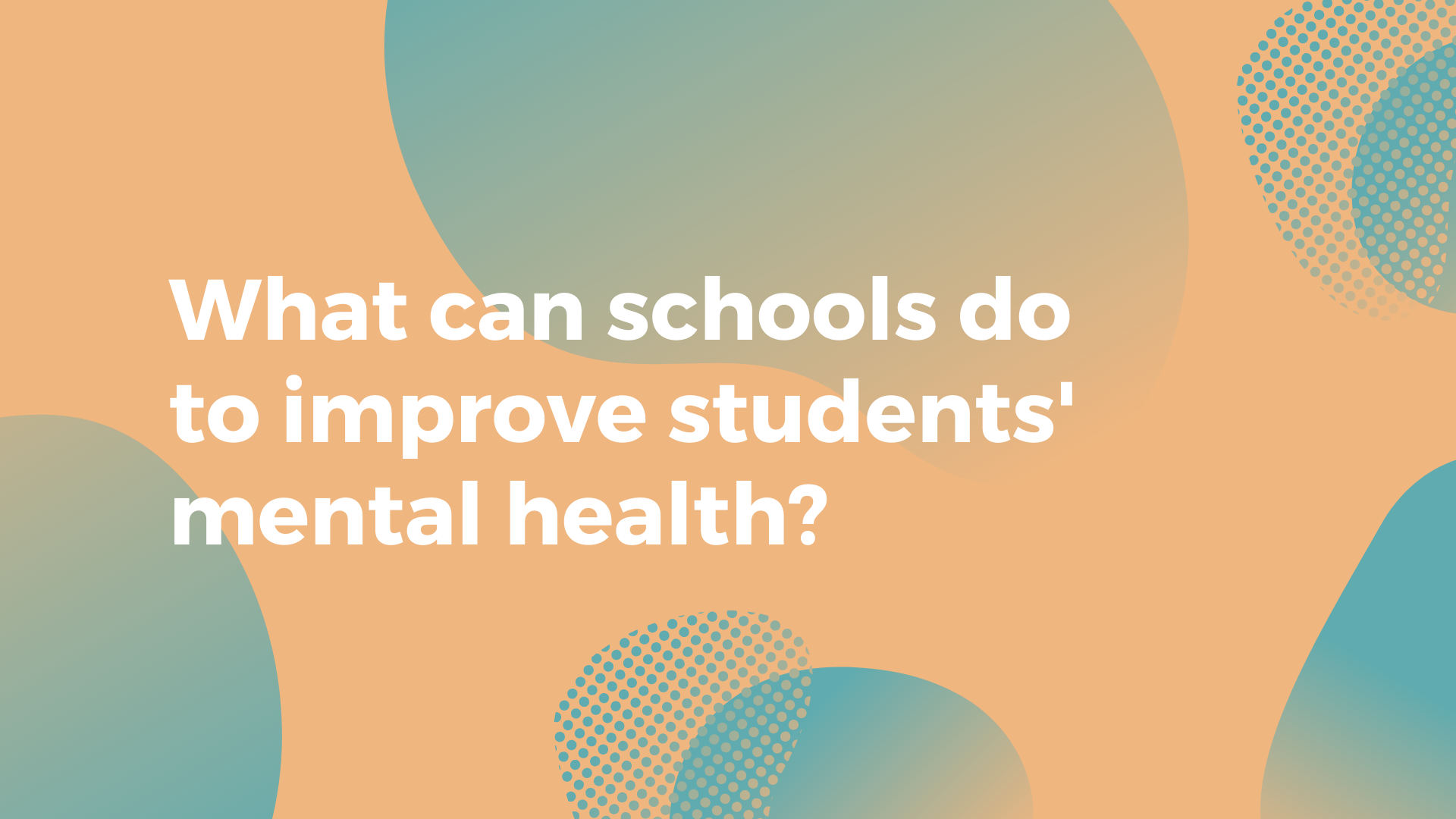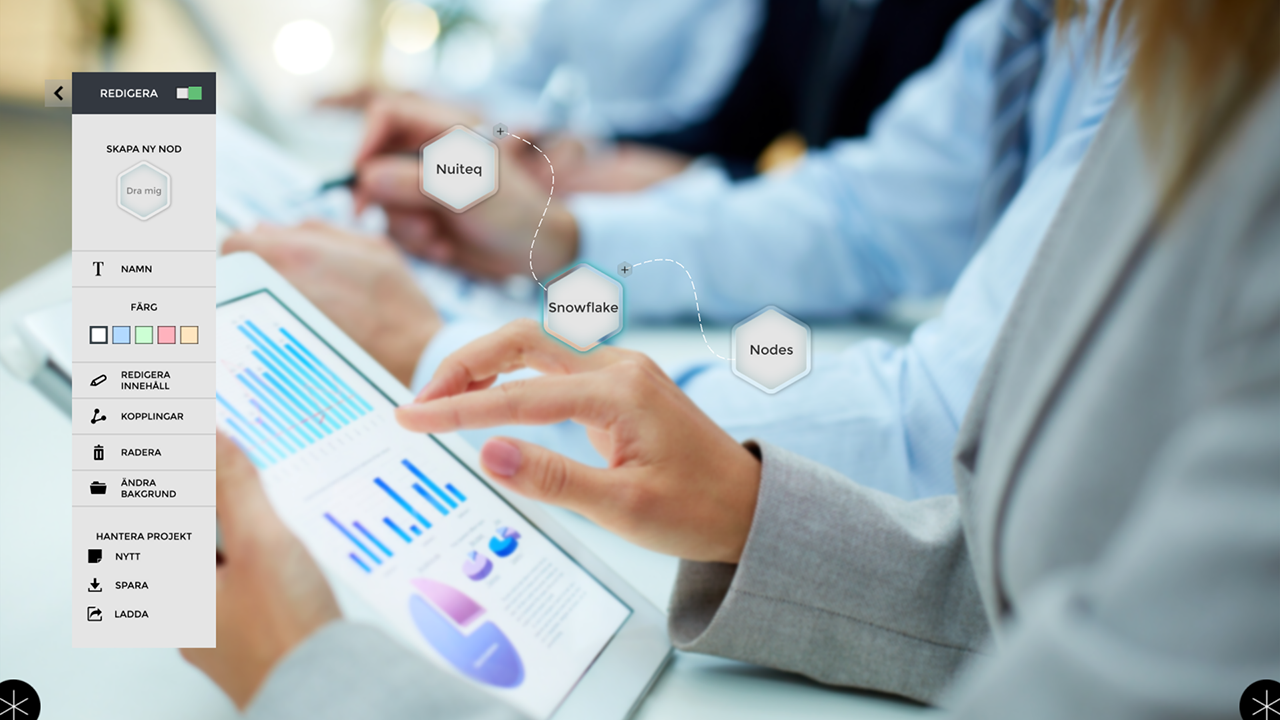Whether you’re a veteran freelancer or are just now familiarizing yourself with working from home, it might not come as a surprise that technology has influenced the way we interact and conduct ourselves-- be that in public places, at work, or privately. Technology is part of how people conduct business meetings online and work out from the comfort of their homes, which begs the question: can technology aid humans in their day-to-day lives?

Photo by Priscilla Du Preez on Unsplash
Isolation and Desensitization
Since the introduction of the World Wide Web in 1991, technology has been studied to examine its effects on human interaction. Some view technology negatively; suggesting that it can distort messaging and can contribute to feelings of isolation. Indeed, some opt to communicate via online applications like Facebook, Snapchat and Instagram instead of spending time in person with friends, partners and family. Some say that online communication offers instant gratification but couldn't possibly be viewed as the same as a smile or a hug. Instant communication can also distract people from real-life opportunities to connect and lead to feelings of loneliness and isolation. In one of many research studies on the topic, light has been cast on the negative effects on sociability, psychological well-being, and intimacy. In a study done by post-doctoral researchers Madell and Muncer, results show that young people prefer to use communication media to communicate because it gives them more control over the interaction. Communicating using apps allows users to think and carefully curate what they say and send. This type of communication can allow for more socially accepted gaps in the conversation, and can also allow people to conceal the truth. As a result, misunderstandings and miscommunication can occur. Tonality can be misinterpreted in an email or message.

Though it may be true that technology can incite high-risk individuals to further isolate themselves, technology can also aid and facilitate communication. Humans have an innate desire to share their lives with others. Technology can bridge gaps and connect people all over the world. Whether that be connecting individuals with an interest in gaming or any number of niche subcultures, or even facilitating communication for isolated older adults that may be marginalized or lack resources; technology in these instances can help strengthen connections. Indeed, research suggests that in this sense, technology can improve social participation, give older adults access to future jobs and provide them with a pool of resources to satisfy their curiosity or put their concerns to rest. Technology in these cases, can allow people of all ages and backgrounds to find friends thousands of miles away and connect in ways they never knew possible. A simple interest or hobby could go unnoticed but thanks to technology, online communities are created and strong connections are made. People with social anxieties who are crippled with fear at the thought of having to interact in a face-to-face setting are given a voice and able to feel a sense of belonging. In this regard, technology can be seen as a tool to improve communication, and allows outcasts, introverts, disabled or elderly members of society to create their very own communities and not be completely ostracized.
Cyberbullying and Anonymity
In addition to the risk of misunderstanding a message, technology can also affect the quality of communication. Since one of the benefits of the Internet is the ability for one to remain anonymous, this can lead to users becoming keyboard warriors and permit them to hide behind their screens. Users can behave in a completely different way when interacting online which is perhaps due to the Internet reducing a person to an anonymous screen name; leading to users forgetting that an actual person exists behind the avatar. This can encourage hostility and exclusionary behavior. A false sense of anonymity can be created and people who are prone to online hostility can engage in cyberbullying. Users can utter harsh words and spread hate without understanding the severity of the situation and the lasting impact of disseminating false information online. People fail to assume a sense of responsibility and are quick to think that online comments go unnoticed.

Photo by Nahel Abdul Hadi on Unsplash
Despite cyberbullying being a real issue and not something to be taken lightly, there have been great strides taken in detecting hurtful content through the use of Artificial Intelligence technology in automating detection and flagging abusive comments. In addition, various initiatives have been created to foster safe and inclusive spaces through the use of technology. For example, an app called Sit With Us allows for students to find a table to join in their high school cafeterias. Similarly, Block Together is an app that aims to limit the harassment that takes place on Twitter by allowing users to share lists of blocked accounts through the use of an API. These are two of many examples where technology advocates strongly against cyberbullying and aims to draw attention to bullies and trolls. Online spaces can be safe and inclusive and help people create a united front when used with good intentions.
Privacy Concerns and Surveillance
Technology raises another concern: lack of privacy. When communicating online, people can unknowingly subject themselves to third parties intercepting their data. Identity theft, fraud and blackmail can result from outsiders gaining access to sensitive details. Encryption can help keep communication safe from prying eyes, but this protective solution isn’t bulletproof. Malware authors are even beginning to target phones and mobile devices and targeting the elderly. But like most debates, there are always two sides to consider. Another movement worth highlighting is #GoodID, whose aim is to help people, businesses and governments inform policy, technology design and practice. Good ID aims to prioritize data privacy and security by disrupting the data economy and delivering better outcomes for businesses and communities alike.
Technology has also aided in solving crime through the use of surveillance. As has citizen journalism. Indeed, anyone with a phone or camera can help tell a story. Twitter, Instagram, and Facebook are often the first places people go when they want breaking news. Citizen journalism has transformed journalism as we know it today and become more participatory, allowing members of society to have a voice and be heard.

Photo by Brooke Cagle on Unsplash
Conclusion
Technology has changed and shaped the way people communicate and sadly, not always for the better. But like anything else, when considered carefully and critically, technology can assist with overcoming social anxieties and bridge social gaps. There is no doubt technology is a game-changer; contributing to developments in areas like research, healthcare and education. As a result of technology, people can work remotely, creating jobs for freelancers and potential opportunities for businesses to grow and outsource workers in specialized areas. Teams can work in different time zones and be location independent-- allowing for more freedom and for companies to maintain high standards when onboarding employees who best fit the role, regardless of their geographical location. One example of this is NUITEQ. With our headquarters in Skellefteå and teams in other countries, our business is able to add value through smarter human interaction by facilitating collaboration thanks to NUITEQ Stage, our lightweight remote working tool that improves cooperation with peers and makes meetings more efficient. Whether it be allowing teams to work from anywhere in the world or making distance learning through educational technology more accessible to children of all ages and levels, technology, in this sense, can add tremendous value to the realms of education and business, to name two. NUITEQ Snowflake, our educational software for teachers helps increase student engagement through the use of ready-made, editable lesson activities. Teachers can facilitate distance learning as these activities can be sent home to students as homework or gradable assignments, and in turn, students can receive personalized feedback. An argument must therefore be made suggesting that none of these efforts to improve human interaction would be possible without the use of technology. In short, as critical thinking members of society, one must certainly question the effects of technology and consider its pitfalls, but by the same token, acknowledge the tremendous advancements and improvements that have come from the use of technological tools in people’s day-to-day lives.
Looking to use technology to work collaboratively without compromising efficiency? Try NUITEQ Stage, our lightweight remote working tool that improves cooperation with peers and makes meetings more efficient!


 Sho stick
Sho stick






